MOTO2006
by Rich Brome
August 4, 2006
Even though it's strictly an entry-level phone, the MOTOFONE is ground-breaking in a number of ways.
The FONE is our first glimpse of Motorola's new SCPL (scalpel) platform. For the most part, that means more to Motorola engineers than to consumers. Hardware platforms like SCPL are generally more about the way chips are wired than specific features. While the FONE is very entry-level in terms of features, future SCPL phones will reach the very top end.
There are a couple of nice SCPL traits that are apparent in the FONE, however. One is the extremely thin profile. SCPL is designed to push Motorola's emphasis on thin phones even further. At only 9mm, the FONE is Motorola's thinnest phone yet.
The other neat SCPL feature is the dual antennas. On most phones with internal antennas, if you place your hand over the hidden antenna part, your reception degrades - sometimes dramatically. But the FONE has an antenna at each end, so even if you cover the top antenna with your hand, the lower antenna has you covered.
Another neat FONE feature is the new, unique type of display (which is not necessarily something we'll see in most other SCPL phones.) Motorola calls it "ClearVision", and the technology behind it is called Electrophoretic Display (EPD), or more commonly, "e-paper".
E-paper displays have a number of unique properties. First, it is very thin. Instead of being set behind a window, this display is practically part of the surface of the phone. It's also highly reflective. When part of the display is white, it's really white - almost like paper - making it white and bright enough that it doesn't need a backlight to be seen in all but complete darkness.
The display also has the unique ability to completely invert from black-on-white to white-on-black - all the way to the very edge. Motorola has adopted this as an easy to tell when the FONE is in standby mode. Yet another unique trait is that the display does not need to be rectangular (since it does not need a sheet of glass like LCDs) and Motorola has used that ability to wrap the signal and battery meter parts of the display around the speaker.
The UI (user interface) on the FONE is very unique. Because the display isn't the usual matrix type with pixels, the "menu" is a set of fixed icons across the bottom. There are two lines of alphanumeric characters in the center, but it's only six letters wide, and the way some letters are formed can be hard to read.
The new UI is designed to be as easy as possible for first-time phone users. In doing that, Motorola has created a UI completely and totally different from any other phone on the market. It's so different that most existing cell phone users will probably find it confusing. I tried my darnedest to navigate the menus, but just couldn't figure it out. I didn't have much time with it, though, and also it was too noisy for me to hear the voice prompts that are supposed to explain things along the way.
Our buddy Michael at MobileBurn seemed to have better luck figuring out how to use it. Check out some more shots of the UI in action here.
None of this is necessarily a bad thing, because this phone is aimed mostly at first-time phone users in developing markets. Motorola claims their testing has shown that the new UI makes perfect sense to such users.
The FONE will be available in two versions: the FONE F3 for GSM networks, and the FONE F3c for CDMA networks.


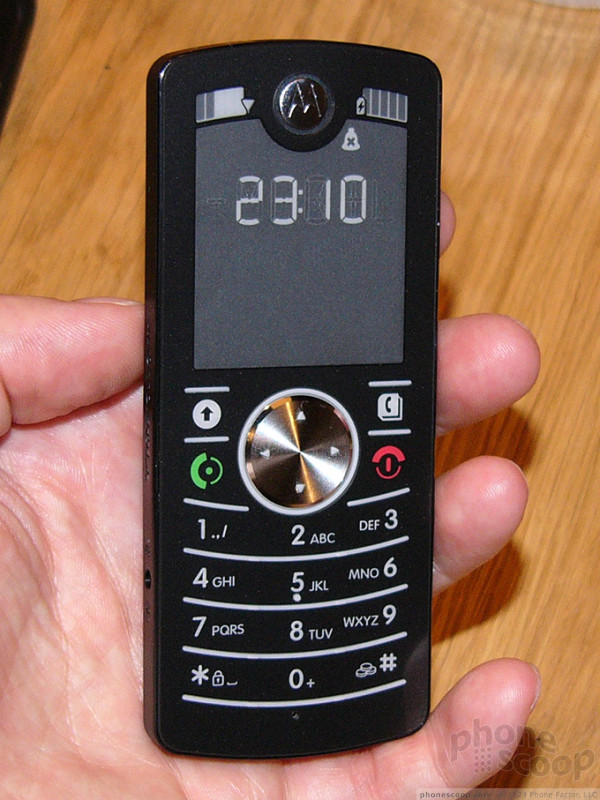





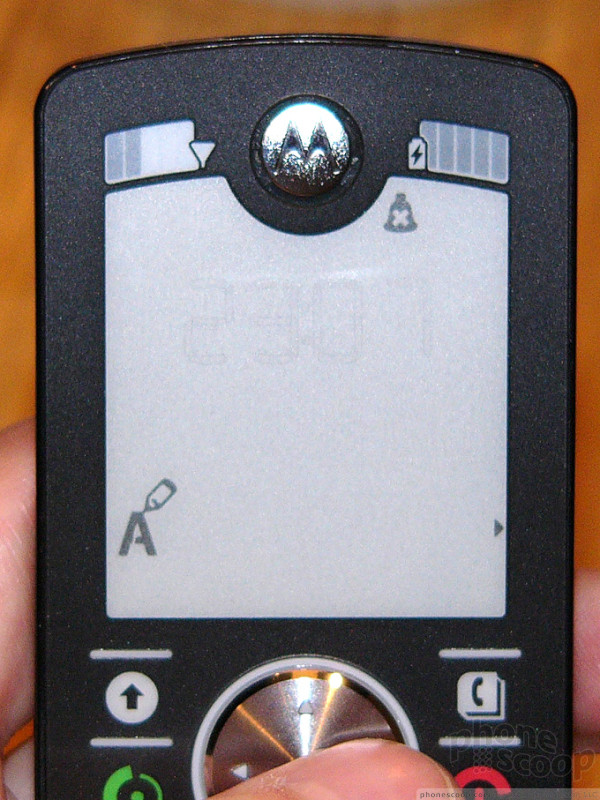






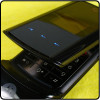 Preview: MOTOKRZR K1m
Preview: MOTOKRZR K1m
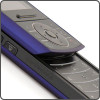 Preview: Motorola Capri
Preview: Motorola Capri
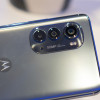 Hands On with the Motorola edge (2022)
Hands On with the Motorola edge (2022)
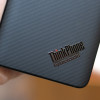 Hands On with the Lenovo ThinkPhone by Motorola
Hands On with the Lenovo ThinkPhone by Motorola
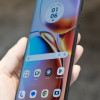 Hands On with the Motorola edge+ (2023)
Hands On with the Motorola edge+ (2023)
 Motorola KRZR K1m
Motorola KRZR K1m
 Motorola KRZR K1
Motorola KRZR K1
 Motorola RIZR Z3
Motorola RIZR Z3

